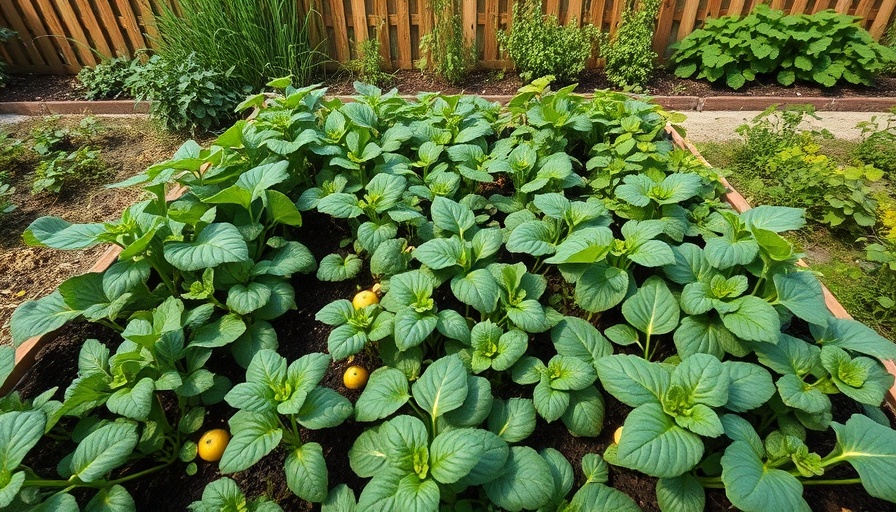
Why Your Raised Bed Vegetables Are Struggling and How to Fix Them
Raised bed gardening offers an efficient and rewarding way to grow vegetables while maintaining better control over soil quality and accessibility. However, gardeners often find that their raised bed plants are not thriving as expected. If you're encountering issues with your crops, you’re not alone. Let’s explore key reasons behind struggling vegetables and how you can turn your gardening challenges into triumphs.
Poor Soil Quality: The Foundation of Growth
The health of your raised bed vegetables relies heavily on soil quality. If the soil is poorly textured or nutrient-deficient, your crops will express their distress through stunted growth and reduced yields. Use high-quality garden soil and ensure regular fertilization.
Soil Depth: An Often Overlooked Factor
Do you know how deep your garden soil is? A common issue is insufficient soil depth. While many vegetables thrive in 8 to 12 inches of soil, root vegetables like carrots require a depth of 12 to 18 inches. Inadequate soil depth restricts root growth significantly. Therefore, consider adding more soil to your raised beds to promote robust root systems.
Drainage: Essential for Healthy Roots
Drainage is critical; without it, water can accumulate, leading to plant stress, rot, and even death. Most commercially available kits feature adequate drainage, but if you constructed your raised bed, ensure there are appropriate drainage holes. Implement a well-draining soil mix to facilitate excess water escape and prevent root suffocation. Remember, healthy plants need air and space just like we do!
Catch Those Sun Rays! Maximizing Light Exposure
A lack of sunlight can suppress your plants' growth. Vegetables need at least six hours of direct sunlight daily. Improper placement of your garden due to overhanging trees or structures can limit light. Adjust your garden layout to ensure your vegetables bask in the sun's warm rays for optimal growth. If necessary, trim back excess foliage nearby.
Avoid Overcrowding: Give Your Plants Room to Breathe
Overcrowding is another common pitfall that gardeners face in raised beds. Too many plants competing for nutrients can lead to stunted growth and increased vulnerability to disease. Proper spacing not only promotes healthy plant growth but also prevents airflow issues that can cause rot and fungal diseases. Follow recommended planting distances for each crop to ensure they thrive.
Importance of Crop Rotation and Diversity
Sticking to the same plants year after year can deplete soil nutrients and create a breeding ground for pests and diseases. Practice crop rotation to maintain soil health and increase your gardening success. Rotate your crops to benefit from the diversity of nutrients each type of vegetable provides to the soil.
Conclusion: Take Proactive Steps for a Thriving Garden
Cultivating a garden can be an immensely rewarding experience, but it comes with its own set of challenges. By addressing common issues like soil quality, depth, drainage, sunlight, overcrowding, and crop rotation, your raised bed vegetables can flourish. With a little knowledge and elbow grease, you can turn your struggling garden into a vibrant and bountiful harvest.
 Add Row
Add Row  Add Element
Add Element 


 Add Row
Add Row  Add
Add 

Write A Comment